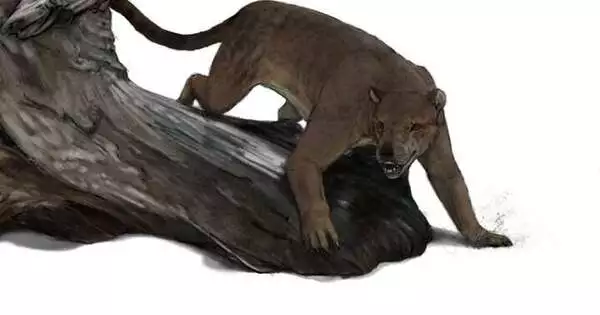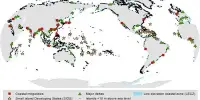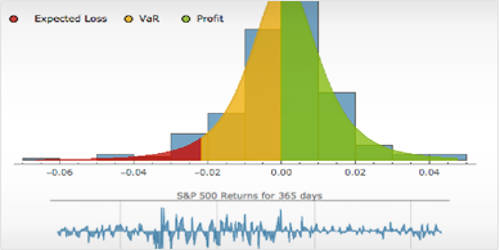An international team of palaeontologists led by Bastien Mennecart of the Natural History Museum Basel discovered a new species of predator that once lived in Europe thanks to the discovery of a fossilized lower jaw. These massive predators are carnivores known colloquially as “bear dogs.” They weighed around 320 kilograms and first appeared 36 million years ago before going extinct 7.5 million years later.
The fossilized lower jaw of a carnivore was precisely described by paleontologist Bastien Mennecart and his research group, who discovered that it must be a specimen from a new species. The jawbone was discovered in 12.8 to 12 million-year-old marine deposits near Sallespisse in the Pyrénées-Atlantiques department of southern France.
Researchers discovered a new species of predator that once lived in Europe thanks to the discovery of a fossilized lower jaw. These massive predators are carnivores known colloquially as “bear dogs.” They weighed around 320 kilograms and first appeared 36 million years ago before going extinct 7.5 million years later.
The teeth of time
The teeth on the jawbone were eye-catching. Unlike other amphicyonidae species, this one has a distinct fourth lower premolar. This tooth is especially useful for determining species and genera. Similarly, the lower jaw examined is most likely a new genus. Tartarocyon is its scientific name. Tartaro, a large, powerful, one-eyed giant from Basque mythology, inspired this name. Tartaro’s legend is also known in Béarn, the region where the lower jaw was discovered. The name of the new genus was chosen by Floréal Solé, a specialist in carnivorous mammals, Jean-François Lesport, and Antoine Heitz from the Natural History Museum Basel.

Dog-like predator
The fossilized lower jaw can be attributed to predators known as “bear dogs,” which resembled a cross between a bear and a large dog. Their scientific name is “Amphicyonidae.” They are carnivores like dogs, cats, bears, seals, and badgers. These predators were common in Miocene European fauna (23 to 5.3 million years ago). They were very species-rich and diverse, weighing between 9 kg and 320 kg. Tarataroyon is estimated to weigh 200 kg. The last European Amphicyonidae vanished 7.5 million years ago, during the late Miocene.
Key contemporary witnesses
It is extremely rare to find fossilized terrestrial vertebrates that lived on the northern edge of the Pyrenees 13 to 11 million years ago. Even more significant is the discovery and description of the lower jaw. This is because it allows us to investigate the evolution of European “bear dogs” against the backdrop of known environmental events at the time.
















